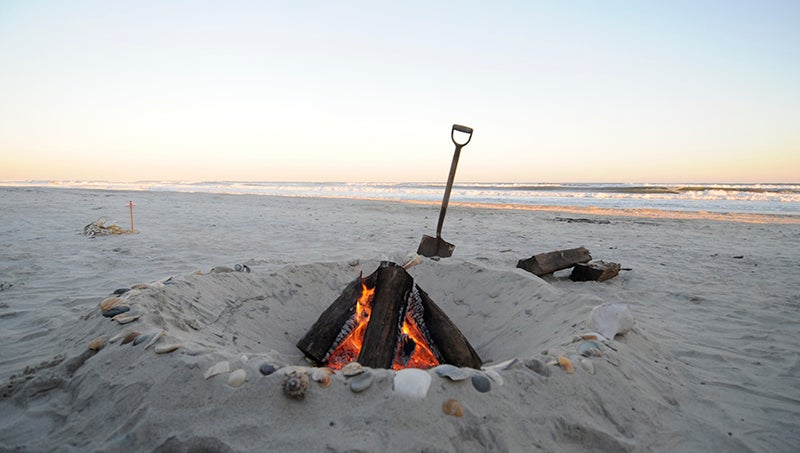The investment that just keeps giving
Published 6:16 pm Wednesday, April 24, 2019

- (Vail Stewart Rumley/Daily News)
In 1872, President Ulysses S. Grant did something unprecedented. He signed into law a bill that created the first national park in the United States — Yellowstone.
It was more than 50 years later that the National Park Service would be created “to conserve scenery and the natural and historic objects and wildlife therein, and to provide for the enjoyment of the same in such manner and by such means as will leave them unimpaired for the enjoyment of future generations.”
These are the future generations. And this week is National Parks Week.
North Carolina, and western neighbor Tennessee, lays claim to the most-visited national park in the U.S. In 2017, more than 11 million people visited the Great Smoky Mountains National Park, beating the next most-visited park — Grand Canyon National Park — by 5 million visitors. Hiking is the main attraction, and the park also contains 70 miles of the Appalachian Trail.
In addition to the Great Smoky Mountains National Park, North Carolina contains the Cape Hatteras National Seashore, Cape Lookout National Seashore, the Blue Ridge National Heritage Area, the Wright Brothers National Memorial, Moore’s Creek National Battlefield and Guilford Courthouse National Military Park.
There are many reasons to be thankful for the foresight of those who fought so long ago to conserve the scenery and leave these places and others unimpaired. One of the main reasons, however, is money.
In 2017, 331 million park visitors spent an estimated $18.2 billion dollars visiting National Park Service lands. That translates to 306,000 jobs, $11.9 billion in labor income, $20.3 billion in value added and $35.8 billion in economic output in the national economy, according to the NPS website. For North Carolina, those numbers broke down to 19 million visitors spending $1.3 billion visiting National Park Service lands in 2017, 19,900 jobs, $598 million in labor income, $1 billion in value added and $1.8 billion in economic output in the North Carolina economy.
It’s clear that national parks are valuable, but not only for their scenic views and preserved history. They are a vital part of the North Carolina, and the U.S., economy.
This week, visit a national park — if not physically, then online. Visit a state park — there’s one right down the road at Goose Creek. Take a moment to appreciate their worth and recognize the investment that just keeps giving.




